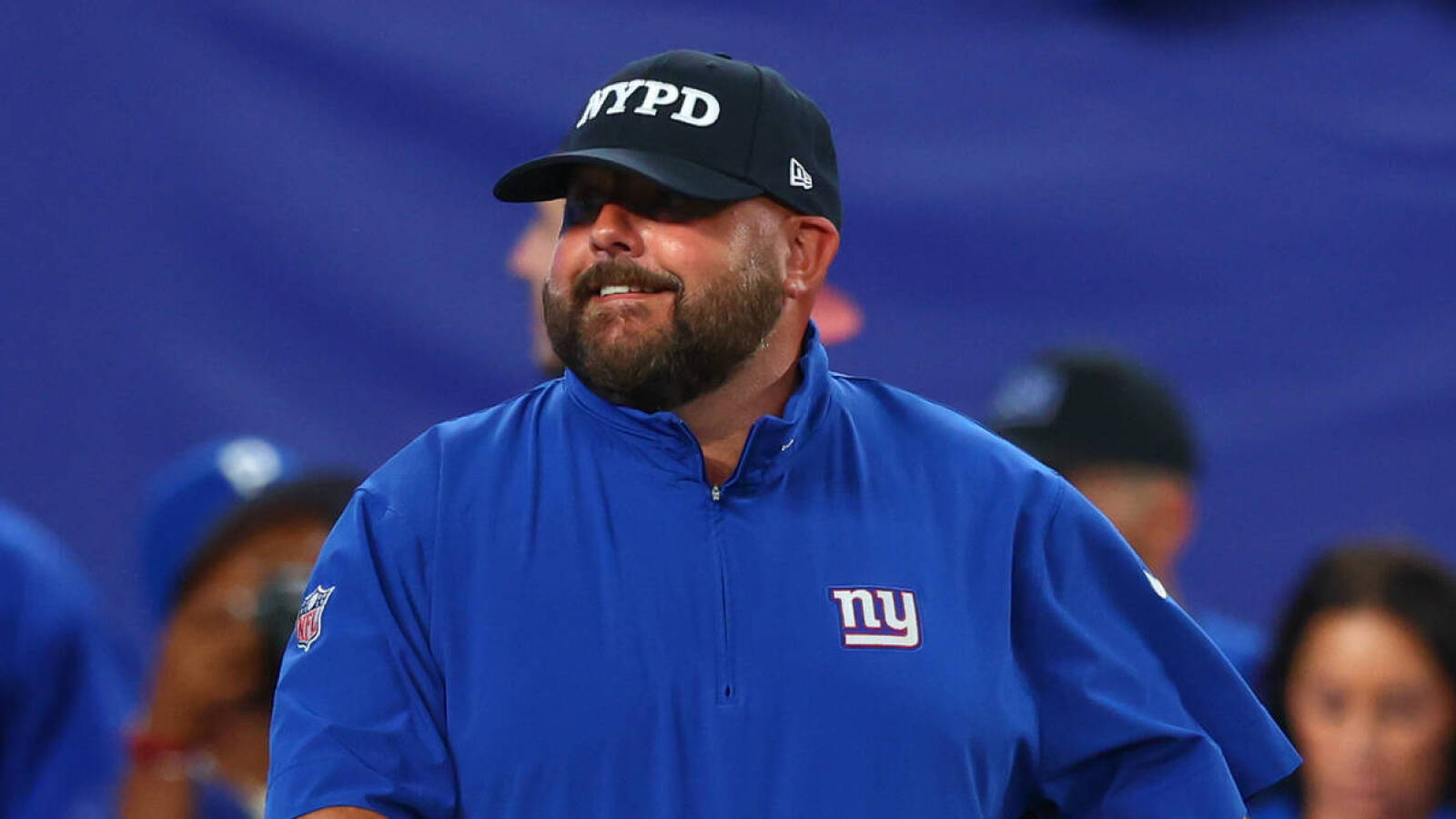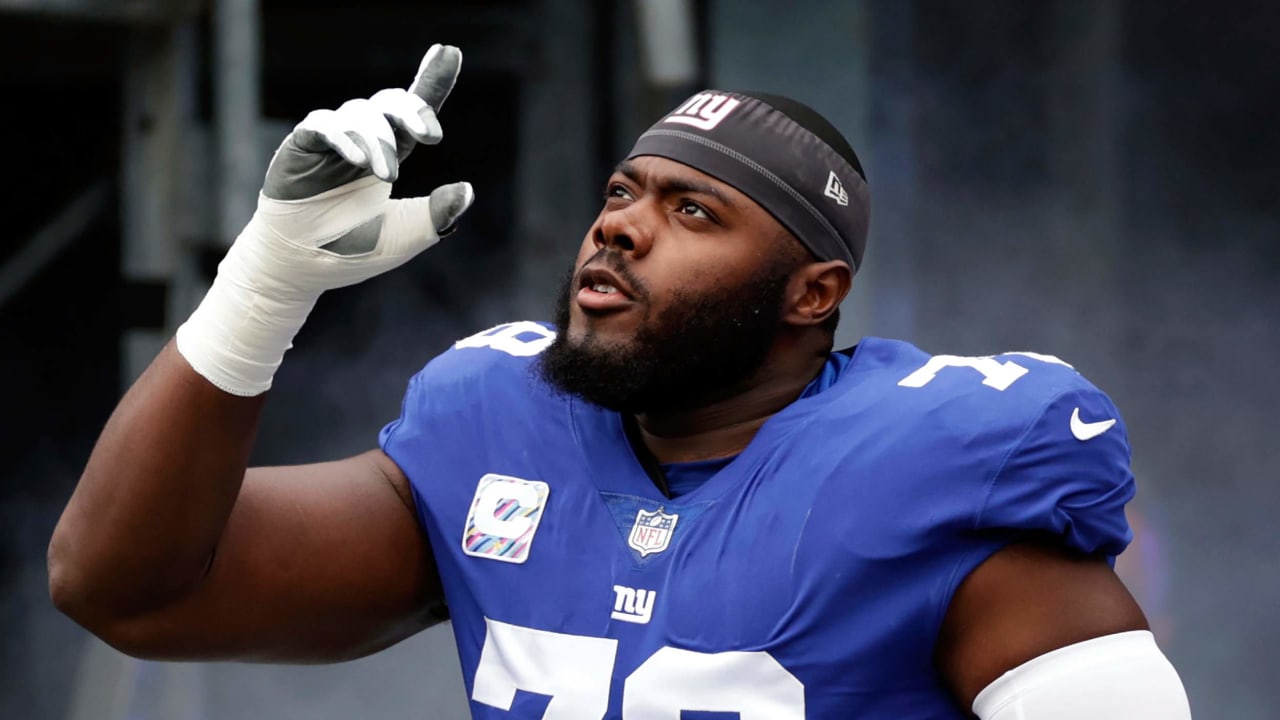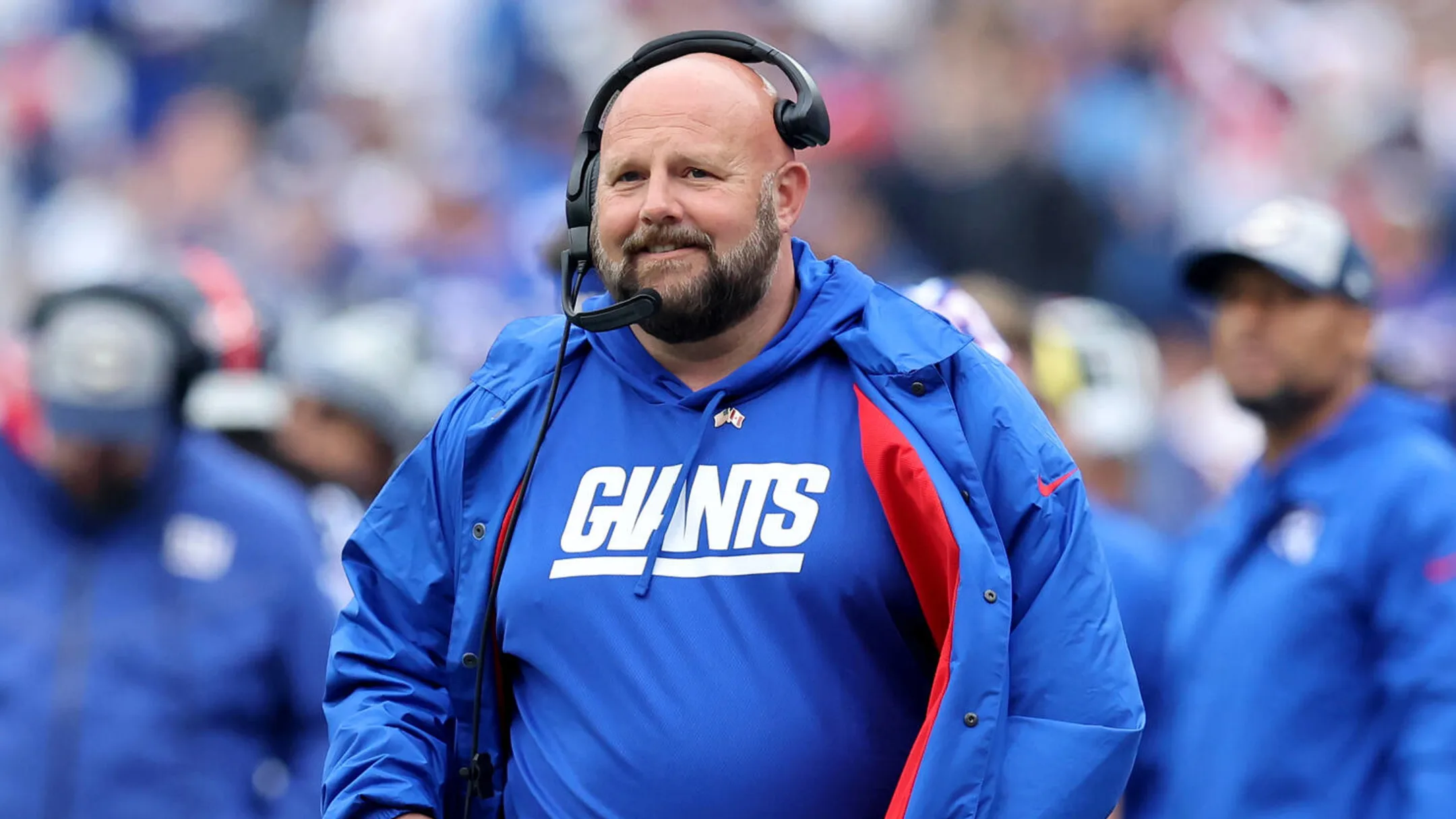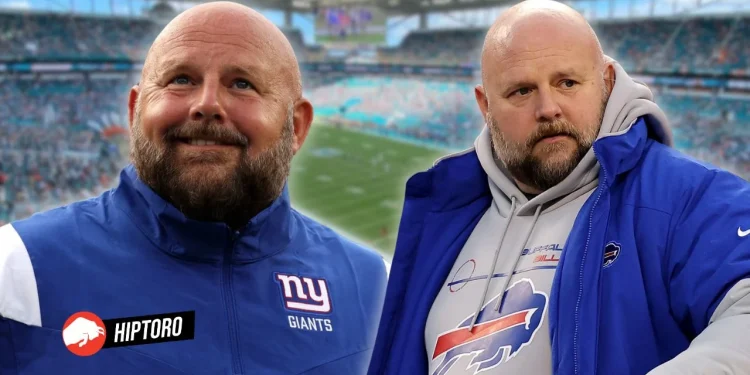In the high-stakes world of the NFL, the fiery spirit of a head coach can either fuel a team’s ascent or ignite controversy. The New York Giants’ Brian Daboll finds himself walking this tightrope, as his enthusiastic demeanor on and off the field has stirred conversations about leadership dynamics within professional sports teams. Giants co-owner John Mara’s recent comments shed light on the complexities of managing such a vibrant personality in a role that demands both passion and restraint.

The Catalyst for Debate: Daboll’s Dynamic Presence
At the heart of the discussion is Brian Daboll’s animated approach to coaching, a characteristic that has not gone unnoticed by the Giants’ top brass. In remarks that have since become a focal point for both supporters and critics, Mara openly expressed his desire for Daboll to “tone it down a little bit,” especially in the aftermath of a challenging 2023 season. This candid acknowledgment by Mara underscores a broader dialogue about the fine line between fervent leadership and the necessity for composure in high-pressure situations.

Despite the New York Giants’ disappointing 6-11 finish last season, Mara’s stance on Daboll’s role is unwavering. The co-owner’s affirmation of Daboll’s position as the “right guy” moving forward signifies a commitment to stability and growth, even in the face of adversity. This vote of confidence is crucial, not only for Daboll but for the team’s morale and future direction.
Navigating the Storm: Internal Conflicts and Resolutions
Further complicating the narrative are reports of friction between Daboll and key members of his coaching staff, including a particularly tense relationship with former defensive coordinator Don “Wink” Martindale. The dissolution of this partnership, marked by high tensions and eventual departures, paints a picture of a team at a crossroads, seeking to redefine its identity amidst internal strife.
Asked #Giants HC Brian Daboll what he would look for if drafting a QB, his answer?
“Aura.” pic.twitter.com/6pyAoHzVEp
— Wesley Steinberg (@WesSteinberg) March 26, 2024
Yet, Mara’s reflections on these events offer a glimpse into the resilience of the New York Giants’ leadership. By acknowledging the difficulties while emphasizing the importance of moving forward, Mara illustrates a proactive approach to conflict resolution and team building. This perspective is essential for navigating the inherent challenges of professional sports management, where the pressures of performance and interpersonal dynamics can often collide.
New York Giants: Challenges and Expectations
As the Giants look to the future, the spotlight on Brian Daboll and his coaching style will undoubtedly intensify. With speculations about potential successors and the team’s direction swirling, maintaining a cohesive vision becomes paramount. The balance between embracing Daboll’s passionate leadership and ensuring it aligns with the team’s overall objectives is a delicate endeavor, one that will test the Giants’ resolve and strategic acumen.

In this complex interplay of personalities, performance, and perception, the New York Giants find themselves at a pivotal juncture. With Mara’s support, Daboll’s leadership will continue to be a defining element of the team’s narrative, one that reflects the broader challenges and opportunities of NFL management. As the Giants strive for success on the field, the lessons learned from this period of introspection and adjustment will undoubtedly shape the franchise’s path forward.
In essence, the story of Brian Daboll and the New York Giants is a testament to the dynamic nature of leadership in professional sports. It’s a reminder that behind every game-day strategy and locker room speech lies a complex web of relationships and responsibilities that must be navigated with both passion and prudence. As the Giants embark on their next chapter, the eyes of the NFL world will be watching, eager to see how this blend of fiery determination and thoughtful leadership unfolds.

Source: Yard Barker









